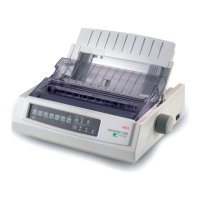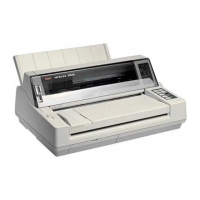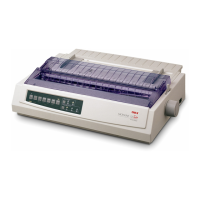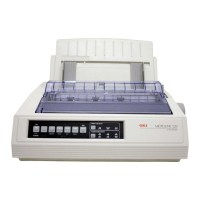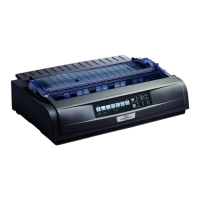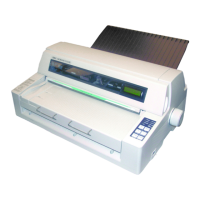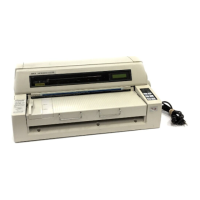Chapter 14: Epson - Standard Function
14-12
70 LPRINT CHR$(27); “b”; CHR$(2); CHR$(12);
CHR$(24); CHR$(48); CHR$(0)
80 LPRINT CHR$(27); “/”; CHR$(1); : REM select
channel 1
90 LPRINT CHR$(11); “This is printed in line 5”
100 LPRINT CHR$(11); “This is printed in line
35”
110 LPRINT CHR$(27); “/”; CHR$(2); : REM select
channel 2
120 LPRINT CHR$(11); “This is printed in line
48”
130 LPRINT CHR$(27); “/”; CHR$(0); : REM select
channel 0
140 LPRINT CHR$(11); “This is printed in line
50”
Positioning
Function Dec. Hex. ASCII
Absolute horizontal 27 36 1B 24 ESC $
dot position n
1
n
2
n
1
n
2
n
1
n
2
n
1
= 0 to 255
,
n
2
= 0 to 3
Relative horizontal 27 92 1B 5C ESC \
dot position n
1
n
2
n
1
n
2
n
1
n
2
n
1
, n
2
= 0 to 255
Using these commands you can position text or graphics exactly on
a page. (Vertical positioning can also be achieved by variable line
feed and by line spacing commands). With the variables n
1
and n
2
in
both commands a specific dot position can be defined at which the
printout is to start. The variable values are ascertained as follows:
n
2
= integer value (dot position/256)
n
1
= dot position - (n
2
* 256)
The command ESC $ uses the default or set left margin as reference
point and moves the respective print position in 1/60 inch steps.
For a narrow printer the maximum number of dots per (8 inches) is
480, for a wide model (13.6 inches) it is 816 dots. With absolute posi-
tioning of 5 inches (300/60) from the left margin the calculation of
the parameters looks as follows:
Horizontal dot
position
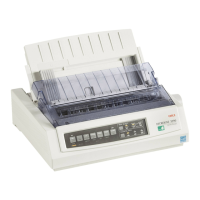
